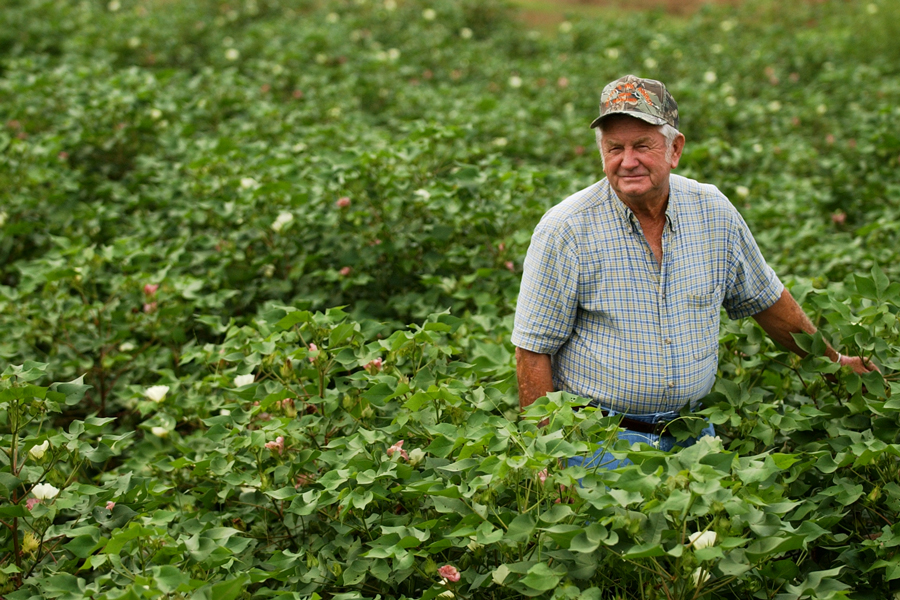-
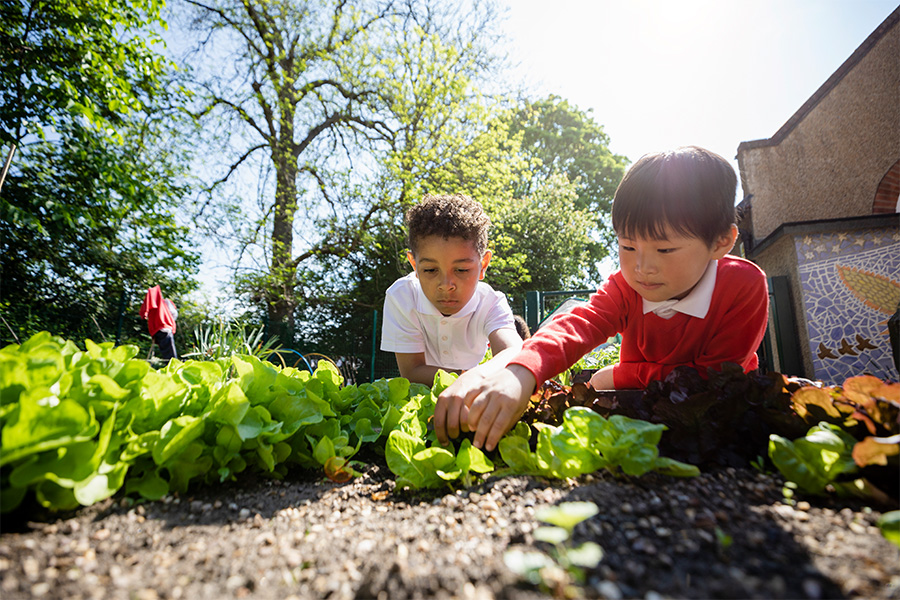
C 963-SP
Calendario para Siembra de Vegetales
Esta es la versión en español del Cuadro de plantación de hortalizas de la Circular 963, Horticultura en Georgia. Traducido por Rolando Orellana. [This is the Spanish-language version of the Vegetable Planting Chart from Circular 963, Vegetable Gardening in Georgia.]
|
-

El tomate es una de las hortalizas más populares que se cultivan en el huerto familiar. Si bien las plantas de tomate pueden producir una gran cantidad de frutas saludables y deliciosas, su cultivo puede resultar frustrante. Además de las enfermedades e insectos más comunes que atacan a los tomates en el huerto, también pueden ocurrir varios padecimientos asociados con las labores culturales. Es importante el reconocer esas afecciones fisiológicas rápidamente para poder prevenirlas y así obtener frutos sanos. Title in English: Troubleshooting Cultural Problems in Tomatoes.
This publication is intended for general use audiences, including homeowners, civic groups, and master gardeners. It covers the basic troubleshooting procedures for solving common problems while growing tomatoes. It includes a description of both cultural and physiological problems and solutions.|
-

C 1312-SP
¿Qué se dice sobre la Kombucha casera?
Do you want to learn more about brewing kombucha at home? Learn about the historical roots of this fermented tea beverage and explore its global popularity, driven by perceived health benefits. Food safety is crucial in homebrewing, and we provide guidelines on equipment selection, hygiene practices, and acidity monitoring to prevent contamination. We also cover regulatory considerations regarding alcohol content, providing insights into safe consumption levels for different individuals. Whether you are a seasoned kombucha enthusiast or a novice, this publication is your gateway to a holistic understanding of the beverage’s origins, health aspects, and essential practices for safe and enjoyable brewing.
|
-
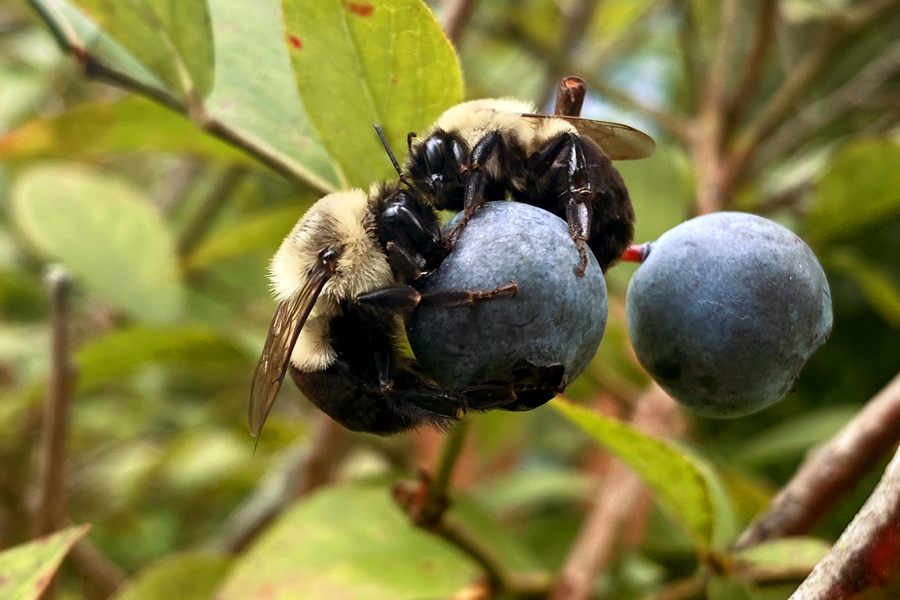
Autor adicional: Michael Ulyshen, entomólogo investigador, Servicio Forestal de EE. UU. Esta guía muestra las abejas silvestres más comunes de las
plantaciones de arándanos en el sur de Georgia. El material
presentado aquí es un resumen visual del muestreo de 2021
y 2022 en campos comerciales de arándanos de los condados
productores más importantes: Bacon, Pierce y Ware. En total, se
encontraron más de 70 especies de abejas. La contribución de las abejas silvestres a la polinización de los arándanos es cada vez más reconocida. La identificación adecuada de estos insectos en el campo es una parte fundamental de los esfuerzos de conservación. (English: This guide shows common wild bees found in commercial
blueberry fields in southern Georgia, based on sampling in the
2021–2022 seasons in three major producing counties: Bacon,
Pierce, and Ware. In total, more than 70 bee species were found. The contribution of wild bees to blueberry pollination has is becoming widely recognized. Proper identification of these insects in the field is critical part of conservation efforts.)|
-
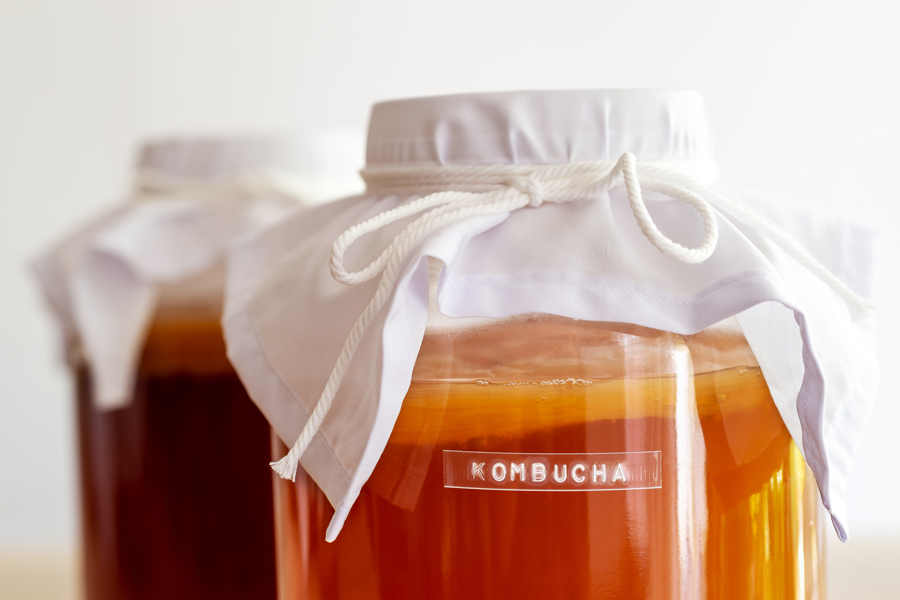
Do you want to learn more about brewing kombucha at home? Learn about the historical roots of this fermented tea beverage and explore its global popularity, driven by perceived health benefits. Food safety is crucial in homebrewing, and we provide guidelines on equipment selection, hygiene practices, and acidity monitoring to prevent contamination. We also cover regulatory considerations regarding alcohol content, providing insights into safe consumption levels for different individuals. Whether you are a seasoned kombucha enthusiast or a novice, this publication is your gateway to a holistic understanding of the beverage’s origins, health aspects, and essential practices for safe and enjoyable brewing.
|
-
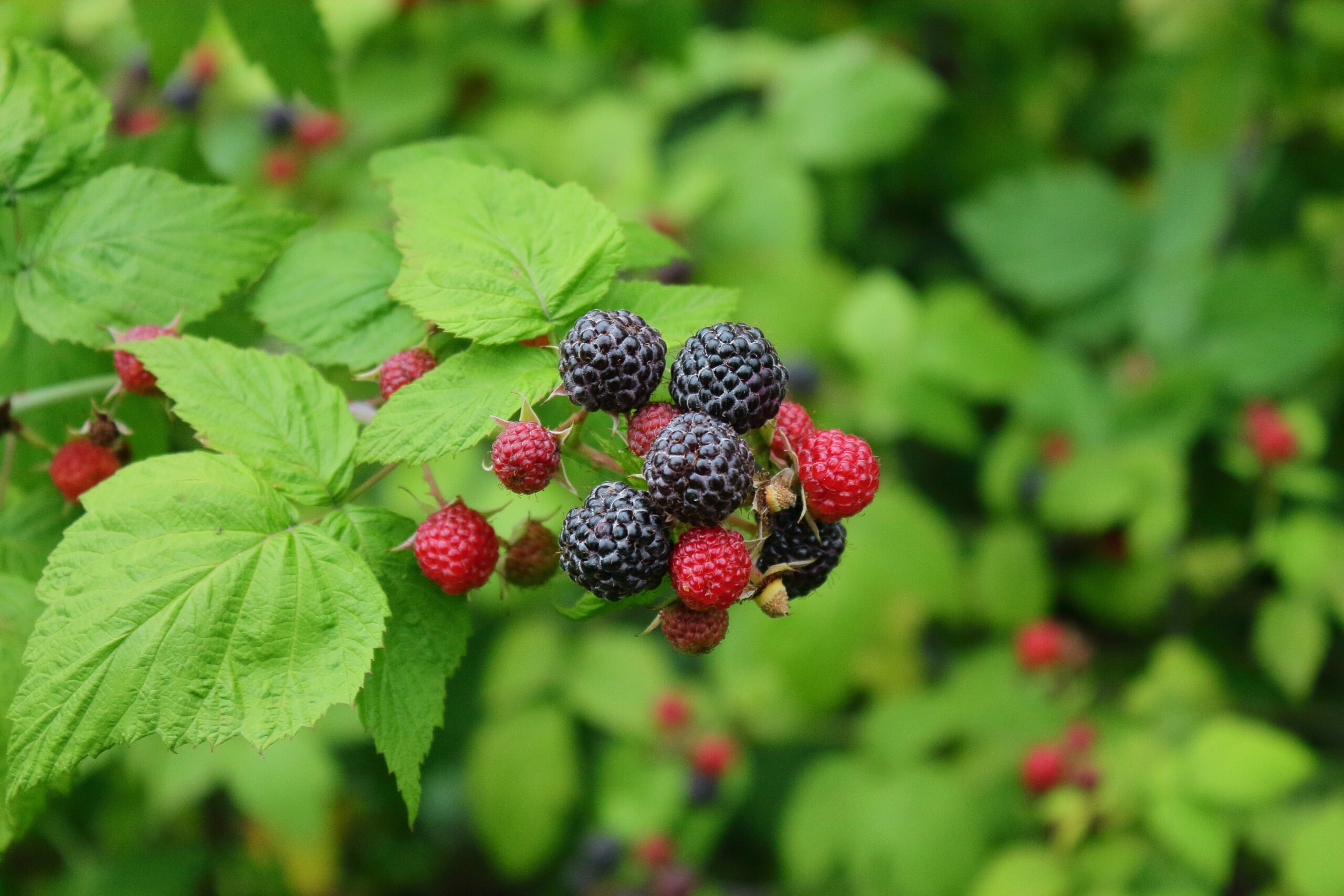
This integrated pest management (IPM) guide for blackberry and raspberry production includes management of diseases, insects, and weeds through IPM principles. The 2024 Southeast Regional Caneberry Integrated Management Guide covers topics such as pesticide stewardship and safety, insect and disease control, pre-transplant and transplant operations, fungicides and insecticide efficacy comparisons and spray schedules, weed management, wildlife damage, and more. Recommendations are based on information from the manufacturer’s label and performance data from research and extension field tests. Because environmental conditions and grower application methods vary widely, suggested use does not imply that performance of the pesticide will always conform to the safety and pest control standards indicated by experimental data. This publication is intended for use only as a guide. Specific rates and application methods are on the pesticide label, and these are subject to change at any time.
|
-
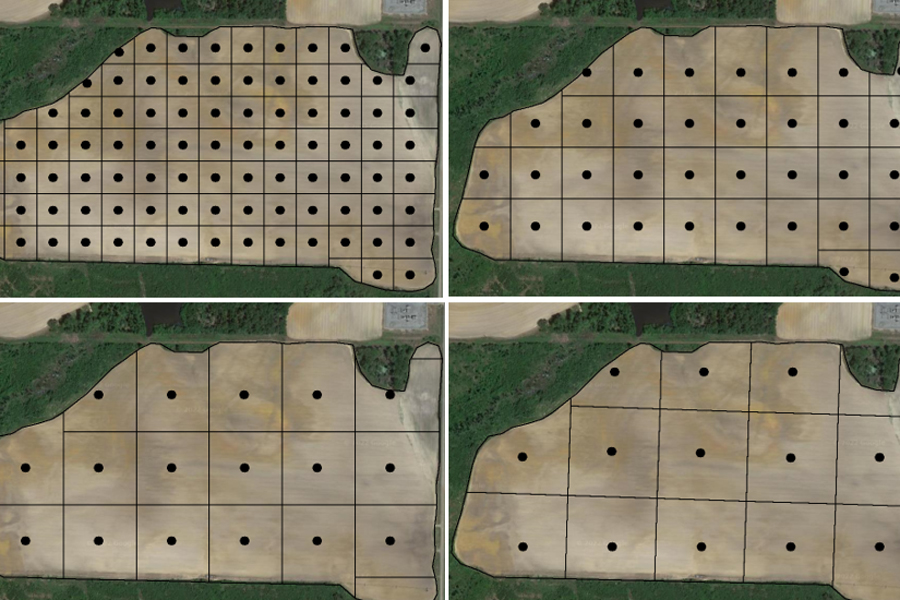
This publication provides information on selecting an optimal soil sampling grid size that can accurately depict spatial nutrient variability within the fields in the southeastern US and helps in informing precision site-specific nutrient applications.
|
